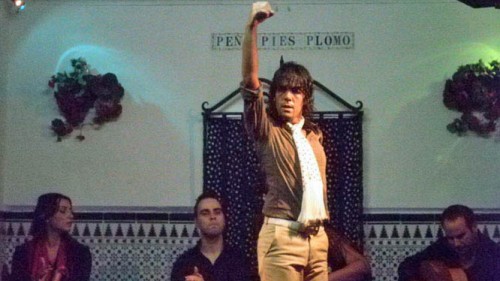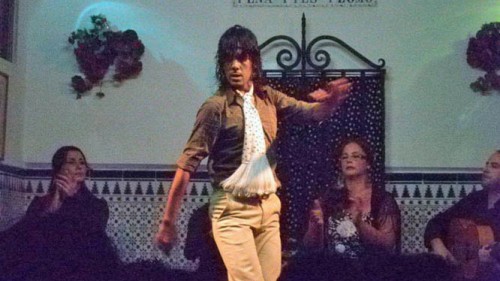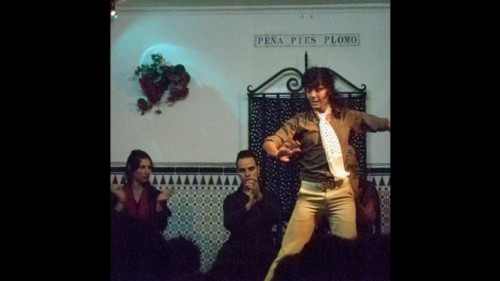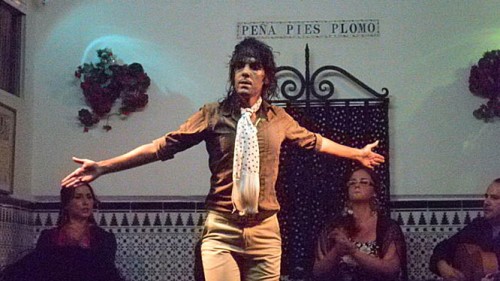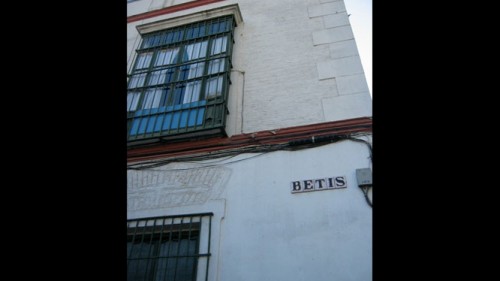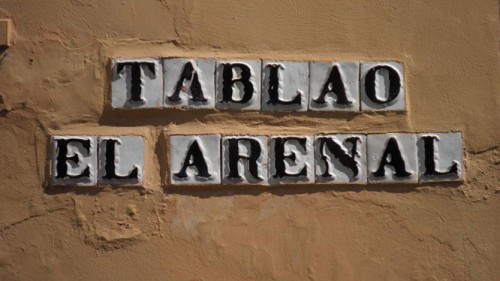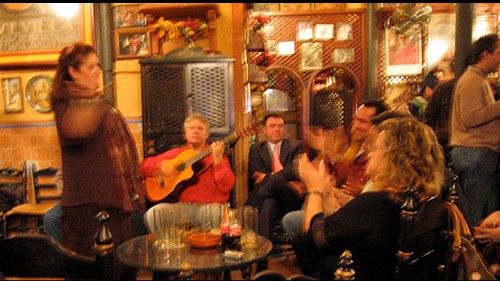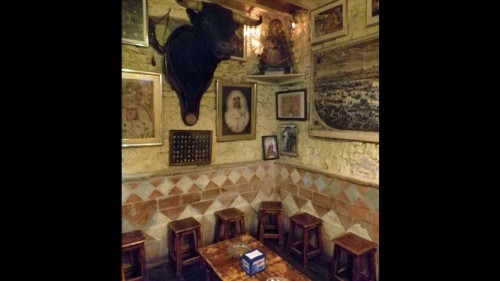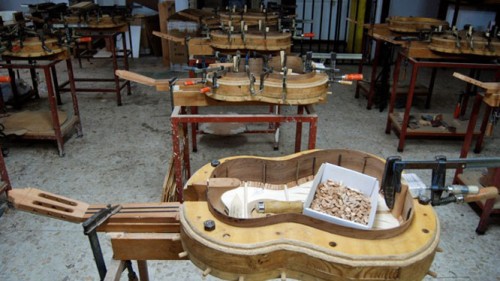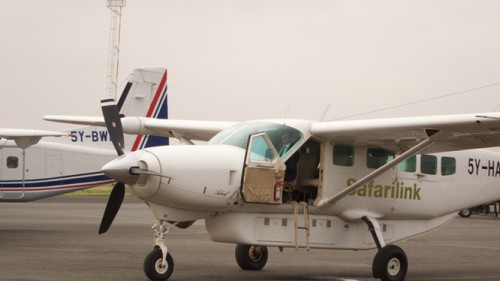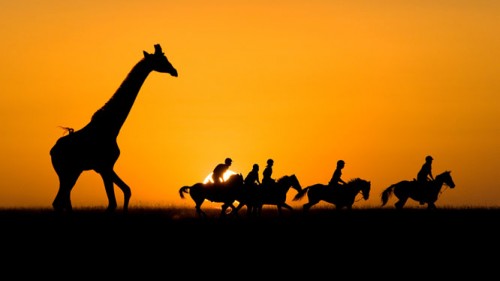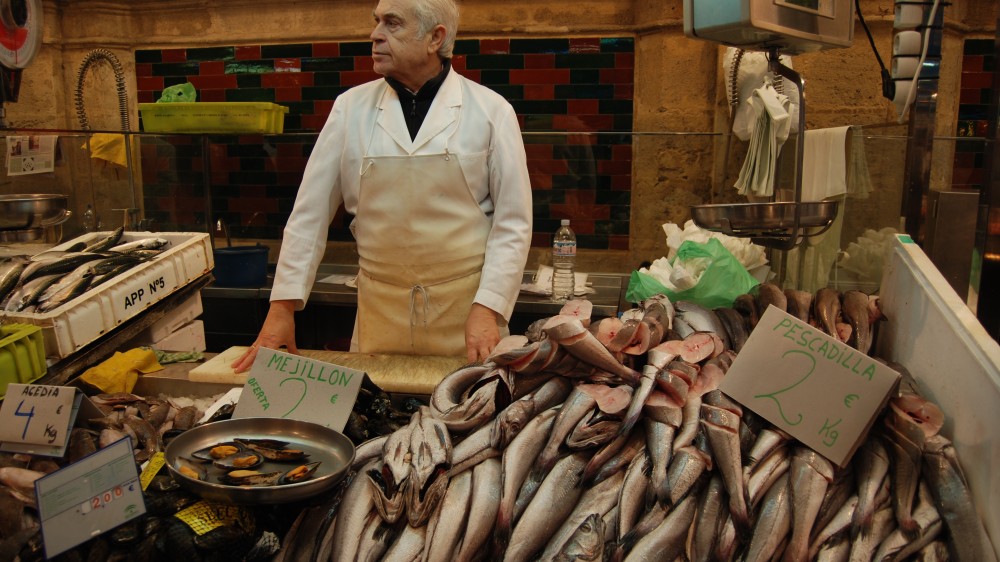The World of Flamenco
From the White House to UNESCO, the world of Flamenco has had quite a year. Here our Andalucian maestro, Sebastian Lapostol, explains how, where and when to get your fill.
2010 was Flamenco’s big brave year. First the Andalucian art form was nominated by UNESCO as a Masterpiece of Oral and Intangible Heritage of Humanity. Then, the undisputed master of the Flamenco guitar, Francisco Sanchez Gomez (better known by his artistic name, Paco de Lucia) was awarded an honorary doctorate by the Berklee College of Music in Boston. For those not in the know, Paco de Lucia and his virtuoso playing have led some to refer to him as the Mozart of the Flamenco guitar (although, given that he’s still going strong at 67, future generations may refer to Mozart as the Paco de Lucia of classical music).
The event that might bring even more renown to flamenco, however, was First Lady Michelle Obama’s invitation to a private flamenco performance during her well-publicized visit to Andalucia in July; she was apparently so taken by it, she expressed the desire to learn how to dance. Bulerías on the white house lawn, anyone?
Most visitors to Spain are at least vaguely aware that there is something important in the country involving dance and guitar, passionate singing and furious foot-stomping. Unfortunately, armed with little more info than that, most people fall into the inevitable trap of a bad performance and an emptied wallet, which often leaves them wondering what the fuss is all about. In order to help steer the curious in the right direction, I’ve come up with a list of the best places to look for flamenco (and what to avoid if possible).
The Flamenco Juerga
The most spontaneous, and often the most private of flamenco performances. A juerga is a late-night, booze and cigarette infused party where anyone with the skill plays, dances and or sings flamenco. It is the most authentic experience, but unless you have the fortune to be born a gypsy, chances are you won’t come across one easily.
The Flamenco Peña
Scattered in many cities throughout Spain (although the most emblematic are in Andalucia), these are cultural associations or ‘clubs’, which put on flamenco performances from time to time. They are more often than not open to the public, although visitors rarely seek them out, given that they tend to be in areas of town not as frequented by tourists. Jerez de la Frontera, often referred to as the Cuna del Arte Flamenco (the cradle of flamenco) boasts 11 peñas, all of which put on excellent performances throughout most of the year without charging a dime, and allowing anyone and everyone to attend—a rarity in the peña scene.
The Flamenco Festival
These are proper flamenco marathons, with numerous artists of quality lined up to deliver a flamenco overdose, starting at 10 pm and not ending till the wee hours of the morning. Notable among the better festivals are the Festival de la Union (in Murcia, August), El Gazpacho Andaluz (Moron de la Frontera, July), La Fiesta de la Buleria (Jerez, September), and the grand-daddy of them all, the Biennale of Sevilla, which takes place every even-numbered year in September. The latter is flamenco’s Olympic Games, with music and dance performances at numerous venues taking over the city for an entire month. The competitions held for best singer, guitarist, and dancer are the ones to watch for tomorrow’s flamenco super stars.
The Flamenco Concert
The venue is picked, the posters are up, and the tickets go on sale. Flamenco concerts usually feature the best talent of the flamenco world, many of whom go on international tours. Seeing a famous performer in their home turf is always more rewarding, although the venue is less intimate than a peña.
The Flamenco Tablao
This is the real hit or miss in the Flamenco world. The idea of a “tablao“, roughly the equivalent of a cabaret for flamenco, has been around for quite some time and many of the best flamenco artists got their start in such places. Today, many tablaos are pure money-making machines churning out flamenco for the masses while paying their artists pittances with little concern for the quality of the show, although there are some out there that are excellent. Many charge an admission that includes a meal plus the show, but in general unless the reputation of the food is widespread, it’s best just to stick to drinks. The posters promoting the show are your key to quality: pink polkadots, ill-fitting mocha booty pants and too many ruffles = bad. Posters advertising flamenco & sangria = really bad. Run a mile from anything using the word “typical”. Don’t say we didn’t warn you.
Sebastian Lapostol is our man in Andalucia. We’d call him our pig in Andalucia, but that might get him killed, salted and cured. A student of flamenco guitar for 15 years, and resident of Jerez de la Frontera, he’s your man if you’re in the hunt for fine flamenco. Or sherry for that matter
